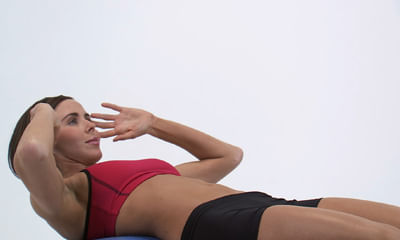Rice vs. Chapati
Rice vs. Chapati
Rice is one of the more commonly consumed grains, providing 20 percent of the world's energy from food. Chapati is a type of unleavened bread commonly consumed by people when they eat Indian food. Both of these foods can be nutritious side dishes, but chapatis are a bit more nutrient dense than rice.
Macronutrients
A 1/3-cup serving of rice contains 80 calories, 1 gram of protein, 0.1 gram of fat and 18 grams of carbohydrate. A small, 6-inch chapati contains 71 calories, 3 grams of protein, 0.4 gram of fat and 15 grams of carbohydrates, including 2 grams of fiber. The chapati is lower in calories and provides more protein and fiber, both of which help you keep feeling full for longer.
Vitamins
Both rice and chapatis provide folate, a water-soluble B vitamin that is essential for making DNA and forming new cells, including the red blood cells that transport oxygen throughout your body. Folate also helps prevent neural-tube birth defects, so it is especially important for women who are pregnant or could become pregnant. Rice is the better source, providing 15 percent of the daily value for folate per serving compared with 4 percent of the DV in each chapati.
Minerals
Each serving of chapatis provides you with 6 percent of the DV for phosphorus, 5 percent of the DV for iron and magnesium, 2 percent of the DV for potassium and 1 percent of the DV for calcium. A serving of rice provides the same amount of iron but less phosphorus and magnesium, with 2 percent of the DV for each of these nutrients, and less potassium, with 1 percent of the DV. Rice doesn't contain any calcium. Phosphorus is important for kidney function and cell repair, iron is needed for forming red blood cells, and magnesium helps regulate your blood pressure and blood sugar levels.
Use
When eating Indian food, chapatis are torn into smaller pieces and used to help scoop up the main dish. Rice is used to help soak up liquids and stretch the meal to make it more filling. Brown rice is a healthier option, since it contains more fiber and micronutrients, so opt for brown basmati rice if it is available rather than white. For the healthiest Indian meals, start your meal with either Rasam soup or mulligatawny soup if it is broth-based instead of the fried appetizers on the menu, and then order dal and either tandoori chicken or palak paneer for your main dish to go with your chapatis and rice.
Considerations
While chapatis are higher in fiber, protein and micronutrients than rice, with the exception of folate, they are also higher in sodium. Rice doesn't contain any sodium unless you add salt to it, but each chapati contains 131 milligrams of sodium, or 5 percent of the DV. If you are watching your sodium intake, rice might be the better option.


+1.svg)
